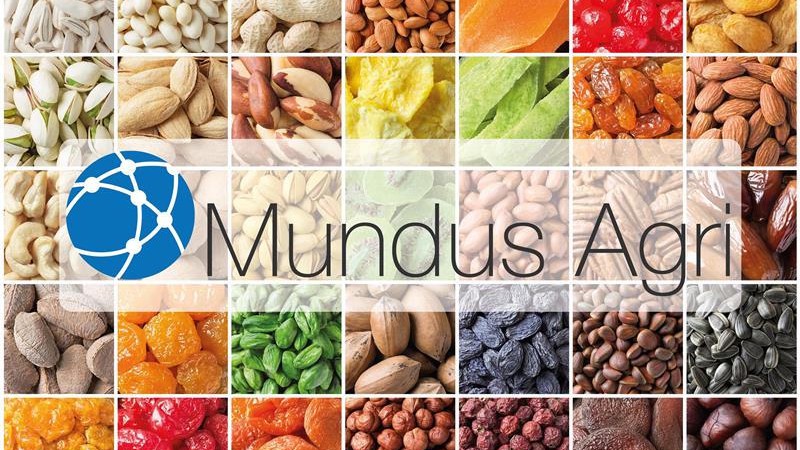Rapeseed: Is someone losing a strategic focus?
February 9, 2018 at 3:38 PM ,
Starry Night Ltd.

BULGARIA. Since the country is a relatively small producer, and as a consequence an exporter, of rapeseed within the Black sea region while the great majority of its output is briskly exported in the few months after harvest, it comes as no surprise that current remaining quantities are too meager to line-up ships. According to the Ministry of Agriculture, by the end of last week, remaining reserves stood at 42,504 mt. Active trade in substantial quantities has long passed.
Rapeseed: have local farmers correctly foreseen future demand expectations?
The top importer of locally grown rapeseed is the EU, as by the 2nd of February 2018, the country exported to EU markets close to 85% of its aggregate output while to markets outside the EU, shipped volumes came to just a 7.31% share of national output 2017-18. Although the crop enjoys the highest relative export rate, when compared to its other locally harvested counterparts, it lacks a strategic position that has been gained by wheat nationwide, for instance. Throughout the years, locally grown wheat has curved its place among the other crops as the grain of strategic importance for local market players because of its substantial consumption on the domestic market and its export potential to foreign ones. However, because of quantities produced on a yearly basis, sales of wheat take place throughout the whole season while those of rapeseed are swiftly executed after a harvest ends; domestic consumption for the latter crop in the processing sector is small.
|
Harvest 2017-18 (01.07.2017 – 02.02.2018) units in MT |
|
|
Beginning availability |
25,000 |
|
Aggregate output |
458,110 |
|
Imports |
27,655 |
|
Domestic consumption |
46,400 |
|
oil & biodiesel production |
46,400 |
|
Exports to the world |
421,861 |
|
to EU markets |
388,365 |
|
to rest of the world |
33,496 |
Source: Bulgarian Ministry of Agriculture
Rapeseed seems not set to become strategically intertwined in the husbandry and marketing plans of local farmers and intermediary market parties, respectively. As the most recently released data by local authorities shows, for the upcoming season, farmers will enter fields of 172,659 ha, which is by 7% lower than planted plots during the previous season. Cutting down on planting while foreign markets’ appetite for the crop depletes quantities quickly after a harvesting campaign is finished, farmers might have mistakenly measured the short-term international demand pulse. After all, the country is a small producer of rapeseed while the great majority of it is shipped to foreign markets. Indeed, even if forecasted EU and global ending stocks for the current season are set to be higher, the country ought not to have problems selling its relatively small output on the international market.





